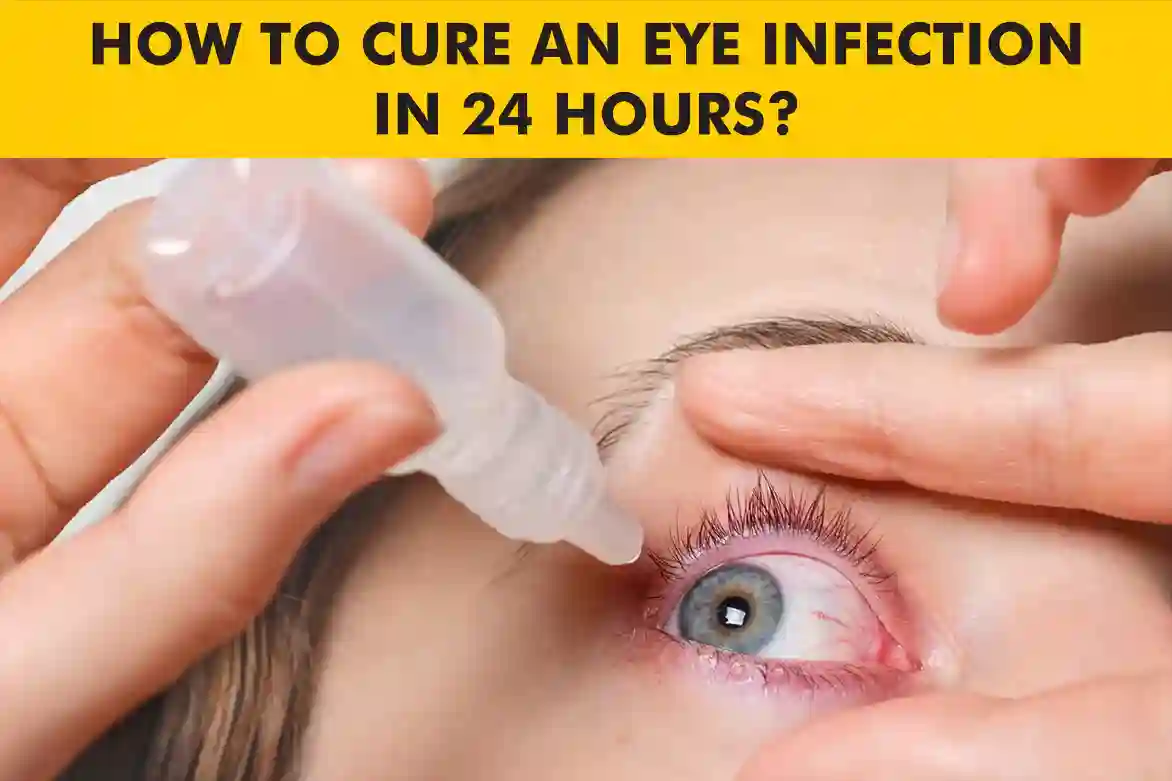All Categories
Featured
We typically find out about securing our skin from hazardous ultraviolet (UV) rays, however did you understand that UV exposure can additionally substantially impact your eye health? Whether you're outdoors on a sunny day or also during over cast climate, your eyes are frequently subjected to UV radiation. Extended direct exposure can raise the risk of different eye problems, several of which may lead to permanent vision damage. Understanding the impacts of UV rays on your eyes and how to protect them is vital for maintaining long-lasting eye health.
Types of UV Rays. UV rays are identified into three kinds:
UVA Rays: These rays pass through deep into the skin and can likewise impact the inner layers of the eyes. UVB Rays: These rays largely create damage to the skin's surface yet can likewise hurt the cornea and lens of the eye. UVC Rays: While these are the most unsafe, they are mainly soaked up by the Planet's ambience and don't get to the surface area. Both UVA and UVB rays are harmful to your eyes, and gradually, direct exposure can bring about major eye problems.
Short-Term Effects of UV Direct Exposure. Also quick exposure to extreme UV rays can cause immediate eye damage. A common short-term problem is photokeratitis, typically described as "sunburn of the eye." Signs and symptoms of photokeratitis consist of:
Redness and inflammation. Sensitivity to light. Tearing or watery eyes. A gritty feeling, as if something is embeded your eye. While the symptoms of photokeratitis are temporary and normally settle within a day or more, duplicated events can have collective effects on your vision.
Long-Term Effects of UV Direct Exposure. Persistent UV direct exposure can add to several significant eye conditions, including:
Cataracts: In time, UV rays can create clouding of the eye's lens, causing cataracts, one of the leading reasons for loss of sight worldwide.
Macular Deterioration: Extended UV exposure can harm the retina, particularly the macula, causing age-related macular degeneration (AMD), which affects main vision.
Pterygium: Also understood as "internet user's eye," this problem involves the development of a fleshy cells on the white component of the eye, which can expand over the cornea and effect vision.
Skin Cancer Cells Around the Eyes: The fragile skin around the eyes is prone to UV radiation, enhancing the danger of skin cancer cells, such as basic cell carcinoma.
Pinguecula: UV exposure can additionally cause yellow-colored down payments on the conjunctiva, which can cause irritation and pain.
Just How to Shield Your Eyes from UV Rays. Use Sunglasses with UV Security: Always select sunglasses classified as obstructing 100% of UVA and UVB rays. Wrap-around designs give additional protection by blocking UV rays from the sides.

Make Use Of a Wide-Brimmed Hat: Hats with a vast brim can reduce UV direct exposure by approximately 50%, using additional insurance coverage for your eyes and face.
Prevent Peak Sun Hours: UV rays are greatest between 10 a.m. and 4 p.m. Limiting your outdoor tasks throughout these hours can assist reduce exposure.
Do Not Ignore Children: Children's eyes are more conscious UV rays, so guarantee they put on sunglasses and hats when outdoors.
Wear UV-Blocking Call Lenses: If you put on calls, ask your eye treatment company about UV-blocking lenses for added defense.
Remain Protected Year-Round: UV damage isn't limited to summer; rays can show off surface areas like water, sand, and snow, making eye security essential all year.
Verdict. Securing your eyes from UV rays is important to maintaining your vision and total eye wellness. By taking basic safety measures like using UV-protective sunglasses, limiting direct exposure during peak hours, and consistently visiting an eye care professional, you can protect your eyes from the harmful impacts of UV radiation.
Latest Posts
Explore WyHy FCU – Low Rates for Members
Uncover Cost-Effective Auto Repairs with Montclare’s Limited-Time Service Specials
Explore Montclare Auto Repair’s Premier Services and Why Drivers Trust Them
More
Latest Posts
Explore WyHy FCU – Low Rates for Members
Uncover Cost-Effective Auto Repairs with Montclare’s Limited-Time Service Specials
Explore Montclare Auto Repair’s Premier Services and Why Drivers Trust Them